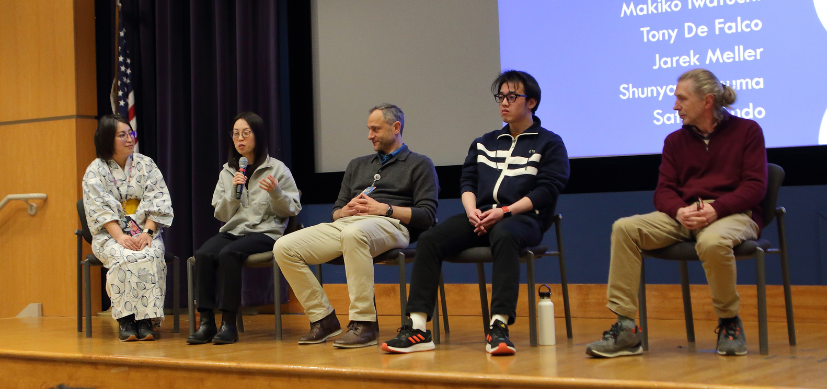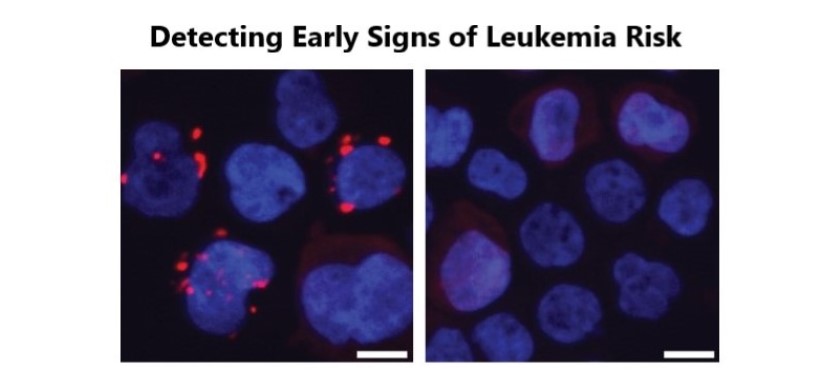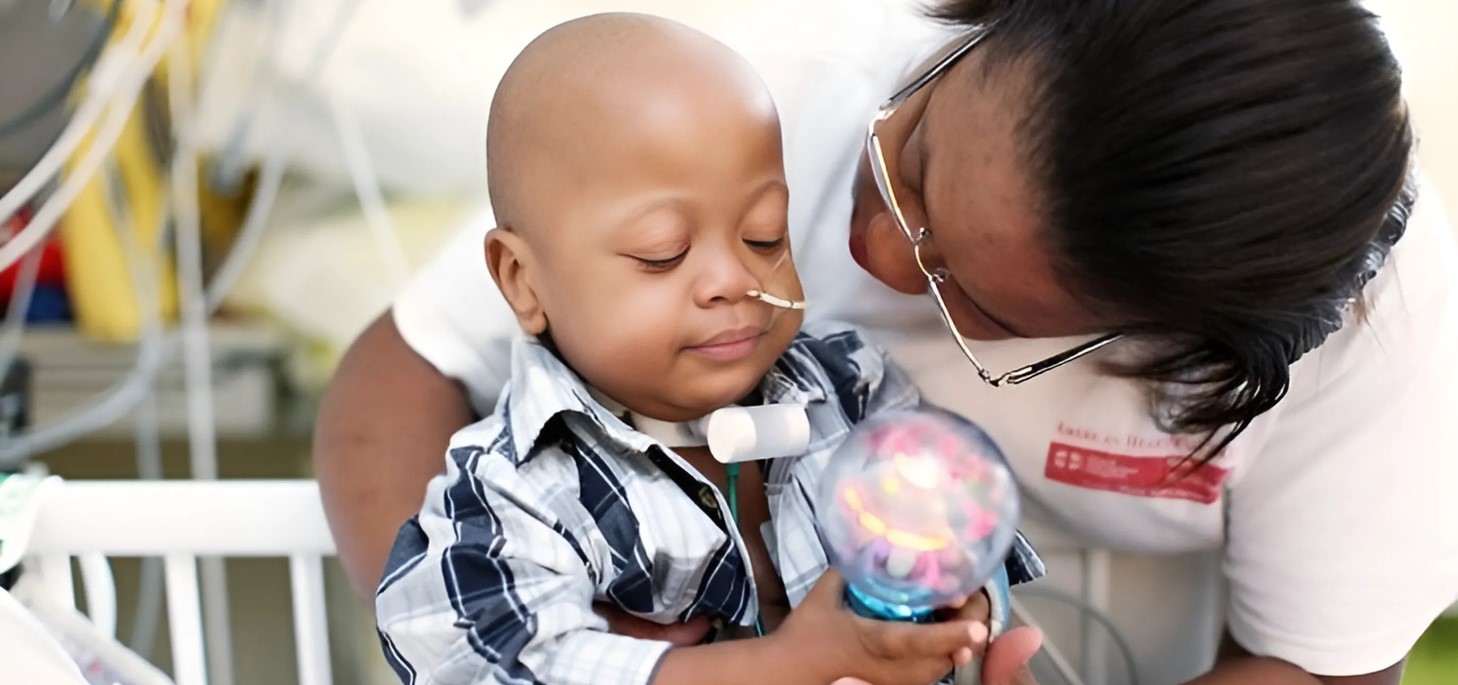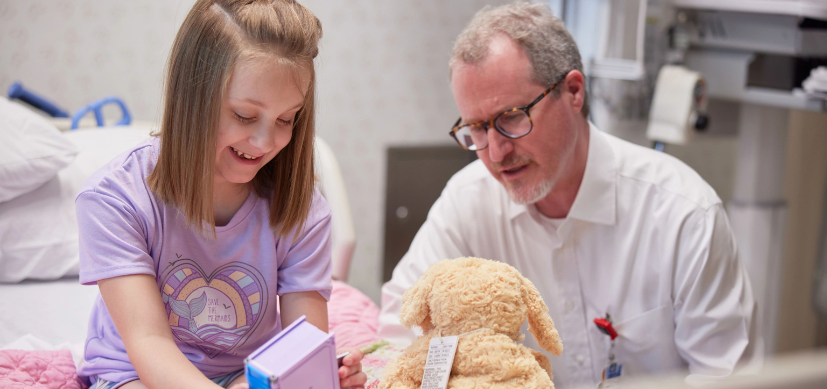Nurses and Leaders Collaborate on Innovative Problem Solving
Post Date: November 8, 2024 | Publish Date:
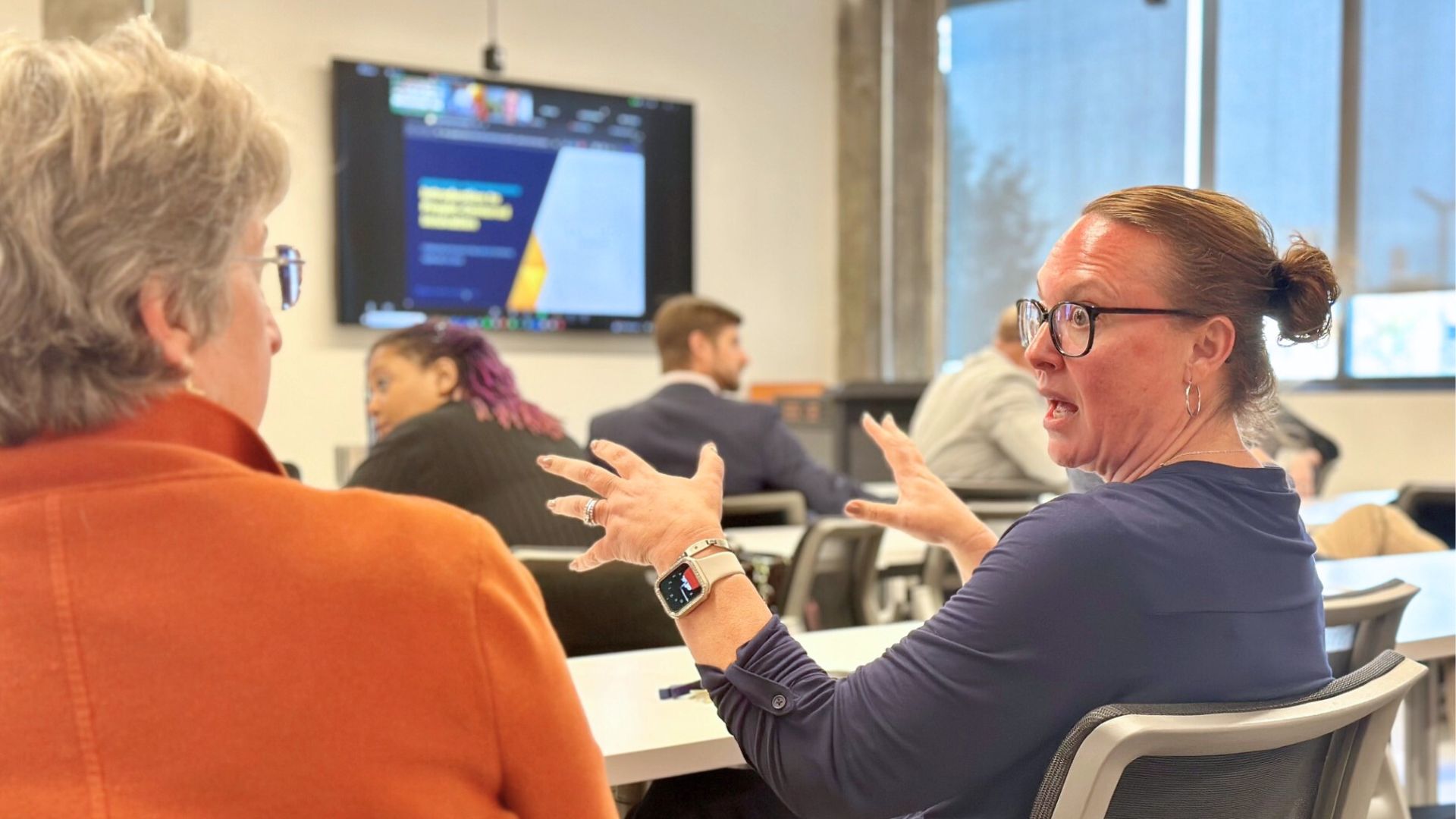
Unmet Clinical Needs
Do you ever run into a need or challenge in your daily work that keeps coming up over and over again? Do you find yourself simply “making it work?” Or do you begin to think about potential solutions?
With renewed focus on innovation, Cincinnati Children’s is building new tools and processes to help frontline workers tackle unmet clinical needs.
In September, Innovation Ventures debuted one of these tools during the inaugural Innovation Incubator session, which brought together cross-functional teams of nurses, clinical leaders, product developers, business professionals and innovation facilitators to dig into potential solutions for various clinical problems.
The Problem
The session focused on patient identification arm bands, which, if you’ve ever been an inpatient at a hospital, you know are not the most comfortable or convenient. Consistent use is critical for patient safety and regulatory compliance, especially in a pediatric setting where many patients cannot speak for themselves.
“Patients, staff and families complain about the comfort of the armband as well as the placement on an extremity,” says Allison Schlinkert, MSN, RN, assistant vice president for Patient Services. “Often times, infants are bundled/swaddled for comfort and have to be un-swaddled to scan the armband to validate their identity.” These are just some of the challenges associated with armband identification.
Schlinkert and other Innovation Incubator attendees agreed that ensuring correct patient identification is essential to prevent serious harm and meet safety guidelines. Teenage patients mention the discomfort that the plastic armband causes, especially when it becomes wet. Some patients also have skin conditions that prohibit them from wearing an armband, and alternative solutions must be utilized.
The Process
Clinicians are natural problem solvers. So, once the issue was identified, hands shot up and attendees eagerly shared their ideas for solutions. Guest facilitators from Balance Innovation encouraged the group to take a step back and “love the problem, not the solution.”
“When you fall in love with the problem and spend the time to understand and immerse yourself in learning about the stakeholders, the circumstances, their motivations, and proper context, it helps you focus your approach on developing potential solutions,” explained Rene Polin, president and founder of Balance Innovation.
Instead of jumping on the first potential solution, the group spent time discussing and understanding the problem from all angles using this approach, also known as People Centered Innovation. With that understanding, they brainstormed potential solutions.
Next Steps
In the coming months, the newly formed Frontline Innovation Team, led by Abby Hess, DNP, ARPN, will focus on empowering frontline workers to identify unmet clinical challenges like this one, around which we can build an innovation strategy.
“Our approach encourages frontline staff to innovate at work, fostering a creative, productive and resilient workforce equipped with the skills and resources to transform healthcare problems into scalable solutions,” Hess said.
The team will develop tools and provide support through:
- Direct assistance to identify existing solutions
- Education
- Structured pathways
- Mentorship
- Support in creating or co-developing innovative solutions
“Frontline workers play a big role in identifying and addressing persistent clinical challenges, and Cincinnati Children’s is developing new capability to help,” Hess said. “Through initiatives like the Innovation Incubator and the support of the Clinical Innovation Team, we are empowering clinicians to transform everyday problems into impactful solutions. With a focus on collaboration and a commitment to patient-centered innovation, we will continue to be global leaders in child health.”



